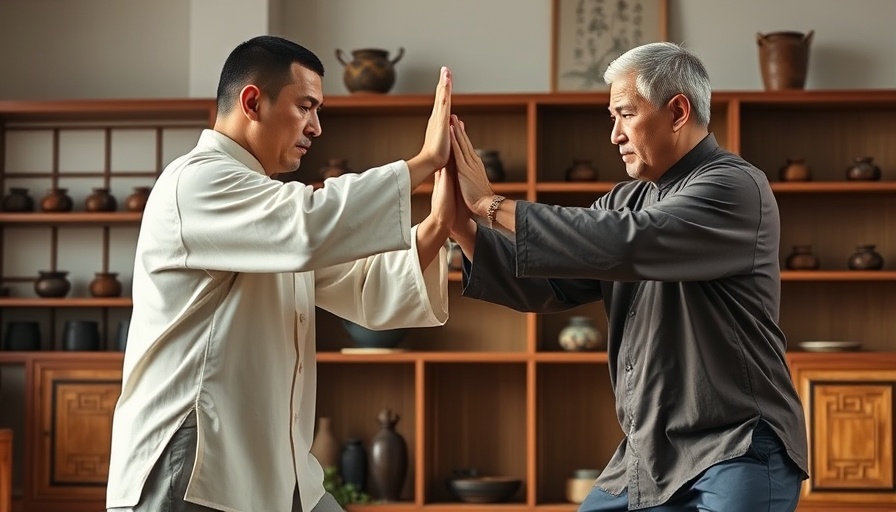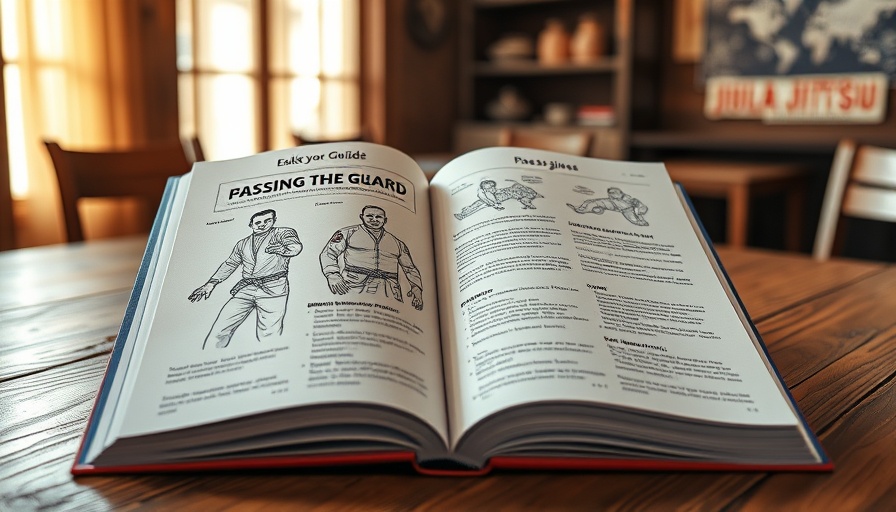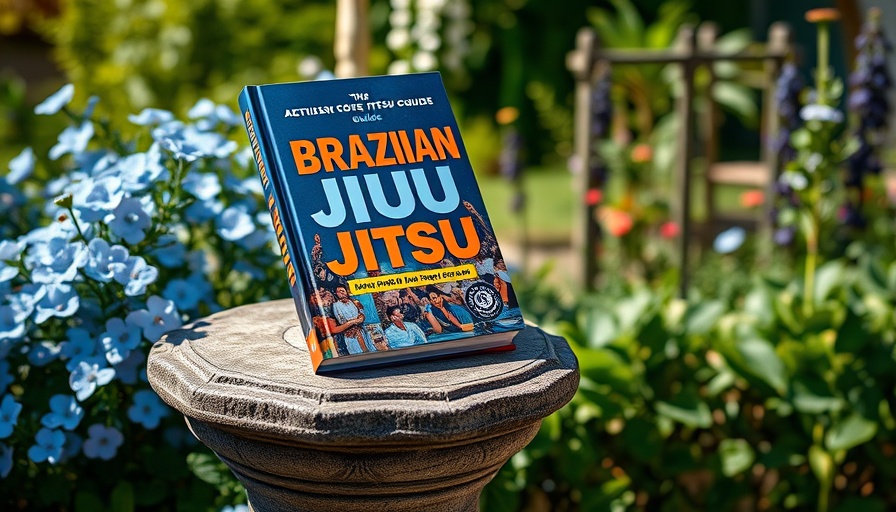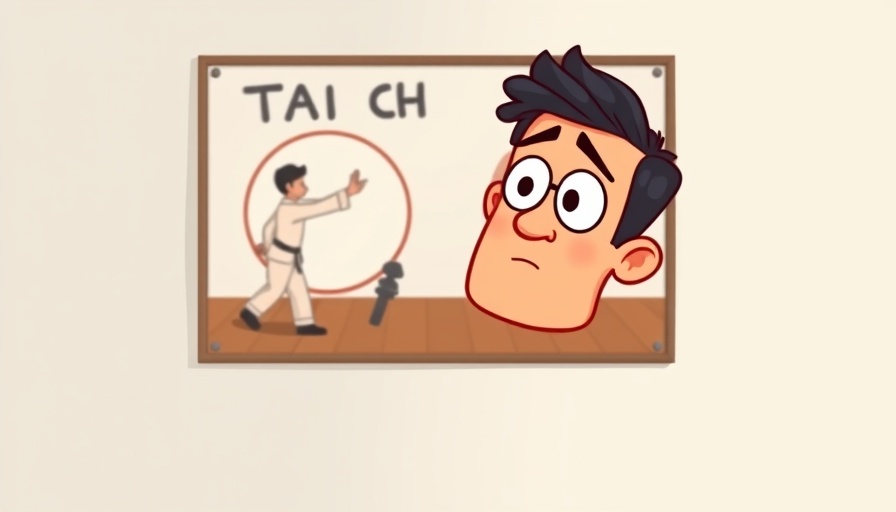
Tai Chi in Practice: More Than Just a Dance
Tai Chi (taijiquan) has long been regarded as a gentle and flowing martial art, often associated with health benefits rather than aggressive combat techniques. A recent video circulating online showcases some fighting applications of Tai Chi, prompting many to question its effectiveness in real-world scenarios. The essence of this discourse lies in understanding whether Tai Chi can genuinely be applied in self-defense situations, explicitly addressing the lingering question, "Can Tai Chi be used for fighting?"
Decoding Tai Chi Movements
The video features an individual adopting a Tai Chi posture known as 'Play Guitar,' reminiscent of a boxer's on-guard position. As he utilizes this stance to parry and block punches, some martial arts enthusiasts might wonder whether this reflects true Tai Chi application or merely a dated approach to self-defense. While the movement appears effective in blocking, it raises further questions about the intended design and purpose of the posture beyond what is shown in the video.
The Importance of Authenticity in Martial Arts
This demonstration, while intriguing, may not encapsulate the full depth of Tai Chi principles. Traditional Tai Chi emphasizes smoothness, sticking, yielding, and neutralizing energy from an opponent. In a combat context, it's not just about blocking; it's about controlling the opponent and maintaining composure under pressure. Observing the individual in the video, one might argue that while he attempts to control the attacker, much of the interaction appears to consist of merely blocking punches instead of fully engaging with the attacker's energy. This conception raises discussions about the authenticity of such applications in serious combat scenarios.
Challenges in Perception
Unfortunately, the use of exaggerated visuals and noncommittal attacks in martial arts videos can create misconceptions about what Tai Chi can actually deliver. Many spectators might mistakenly interpret these exaggerated movements as representative of the martial art. In contrast, authentic Tai Chi involves a mutual respect and understanding established between practitioner and opponent, promoting flowing engagements over static blocks.
Shifting Perspectives: Tai Chi as a Defensive Art
The video is indeed a step forward amid an overload of poorly executed martial demonstrations. Instead of perceiving Tai Chi strictly as a health practice or dance, it might be time to recognize its potential as a functional self-defense technique. While it's essential to embrace the art's gentle origins, acknowledging its martial applications could enhance training for those interested in self-defense. For those in Gurnee, martial arts schools are offering classes that bridge the gap between traditional Tai Chi and combat training, helping students cultivate effective self-defense strategies.
Making Tai Chi Relevant
As the martial arts community grows, so does the need for inclusive training methods that cater to various demographics. At Gruber’s Karate, innovative classes emphasize the practical aspects of Tai Chi, blending it into a comprehensive martial arts program that prepares students for real-world situations. Whether you are a beginner or an advanced martial artist, exploring diverse methodologies can deepen your understanding and application of these arts.
Call to Action: Join Us in Training
Gurnee’s #1 martial arts school is enrolling new students—act fast, classes fill quickly! Experience firsthand how Tai Chi can translate into practical self-defense techniques and enrich your martial arts journey.
 Add Row
Add Row  Add
Add 








Write A Comment